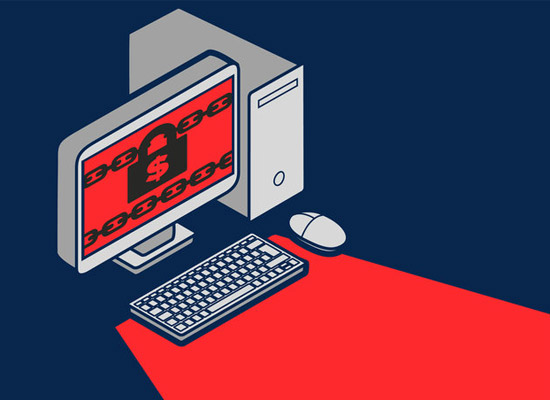HOW TO DETECT A HIDDEN KEYLOGGER ON YOUR PC?
Updated on October 21, 2022, by Xcitium

A hidden keylogger on a computer must be detected immediately. A keylogger steals personal information and transmits it to the hacker. If you suspect a hidden keylogger on your PC, below are the effective methods to detect a keylogger.
HOW TO DETECT A HIDDEN KEYLOGGER?
Method no. 1 – Task Manager
A kernel-based keylogger is invisible in Task Manager. For other keyloggers that cannot reside in the kernel of the operating system, this method will work.
- Press Ctrl+Alt+Del
- Go to the processes tab
- Go through the list of active applications and look for a suspicious file. You will know it’s a virus because it has a suspicious publisher.
- Google the file if necessary
- Once confirmed as a keylogger, end its process to prevent it from doing further damage
That’s how to detect a hidden keylogger using Task Manager.
Method no. 2 – Programs and Features
You can also detect a hidden keylogger in Programs and Features. The list of applications you have installed on the computer appears there. If there’s any software you didn’t install, uninstall it.
- Click on Start
- Go to Settings
- Click on System
- Click on Apps and Features
- Look for any suspicious file
- Once confirmed as a virus, right click on it and uninstall it
That’s how to detect a hidden keylogger in Programs and Features.
Method no. 3 – Temp Folder
The temp folder is the storage of temporary files. A keylogger may hide in there and pretend as a genuine file. To access the TEMP folder:
- Type %temp% in the Windows search
- Delete the temporary files
- To ensure that a keylogger is completely deleted from the computer, empty the recycle bin.
Deleting temporary files gets rid of malware immediately.
Method no. 4 – Anti Malware Software
You can detect a hidden keylogger easily with anti malware software. The anti malware software will do a full malware scan on your PC to detect and remove malware.
- Download a reputable anti malware software
- Follow the prompts to finish the installation
- Click on Scan on the user interface
- Once the malware scanning process is finished, the anti malware will display the threats detected and removed from your PC
- Click exit and restart if necessary
That’s how to detect a hidden keylogger using anti malware software.
HOW TO DETECT A HIDDEN KEYLOGGER ON ENDPOINT DEVICES?
Endpoint devices hold confidential information. Hackers target them to steal company data. So it is important to scan endpoint devices for malware to prevent data theft. To scan endpoint devices, you need anti malware software with endpoint protection.
Endpoint protection is designed to protect a business network and endpoint devices. One of the reputable anti malware software with endpoint protection is Xcitium Advanced Endpoint Protection. It has multi-layered security to protect the business network and endpoint devices against advanced cyber attacks.
Hidden keylogger: WHAT ARE THE NOTABLE FEATURES OF XCITIUM ADVANCED ENDPOINT PROTECTION?
Default Deny Security
Xcitium Advanced Endpoint Protection is based on Default Deny. It automatically contains any file that enters the computer. The other security solutions have traditional sandboxing technologies. They allow an untrusted file to access the hard drive, only to contain it later because it turns out to be malicious. Xcitium Advanced Endpoint Protection only releases the file once it is confirmed safe.
Host Intrusion Prevention System
The Host Intrusion Prevention System is protection against fileless malware. It is an advanced cyber threat that gains direct access to the RAM and registry. It commands Windows Powershell to carry out its goal. When the computer shuts down, fileless malware script gets deleted, leaving no trace of its installation.
The Host Intrusion Prevention System monitors the RAM and registry against malicious modifications. It also monitors the keyboard. It can detect the best remote keylogger that hackers use.
Xcitium Firewall
The firewall protects the network against inbound and outbound threats. It filters network traffic. It also monitors data transmission on endpoint devices to prevent spear phishing and drive-by-downloads.
Auto-Containment
The auto-containment is a sandbox that is built upon Default Deny. It detects a hidden keylogger in no time. It also detects sophisticated ransomware that can get past the antivirus and firewall. Auto-containment also prevents spear phishing and drive-by-downloads. It never leaves your endpoint devices vulnerable to malware attacks.
Detecting a hidden keylogger on endpoint devices is important because it steals and transmits the information to the hacker. Download Xcitium Advanced Endpoint Protection today to scan your endpoint devices for keyloggers and other malware. Click here if you want to schedule a live demo.
Get Free Trial Now
Related Resources
Xcitium
Antivirus Resources





